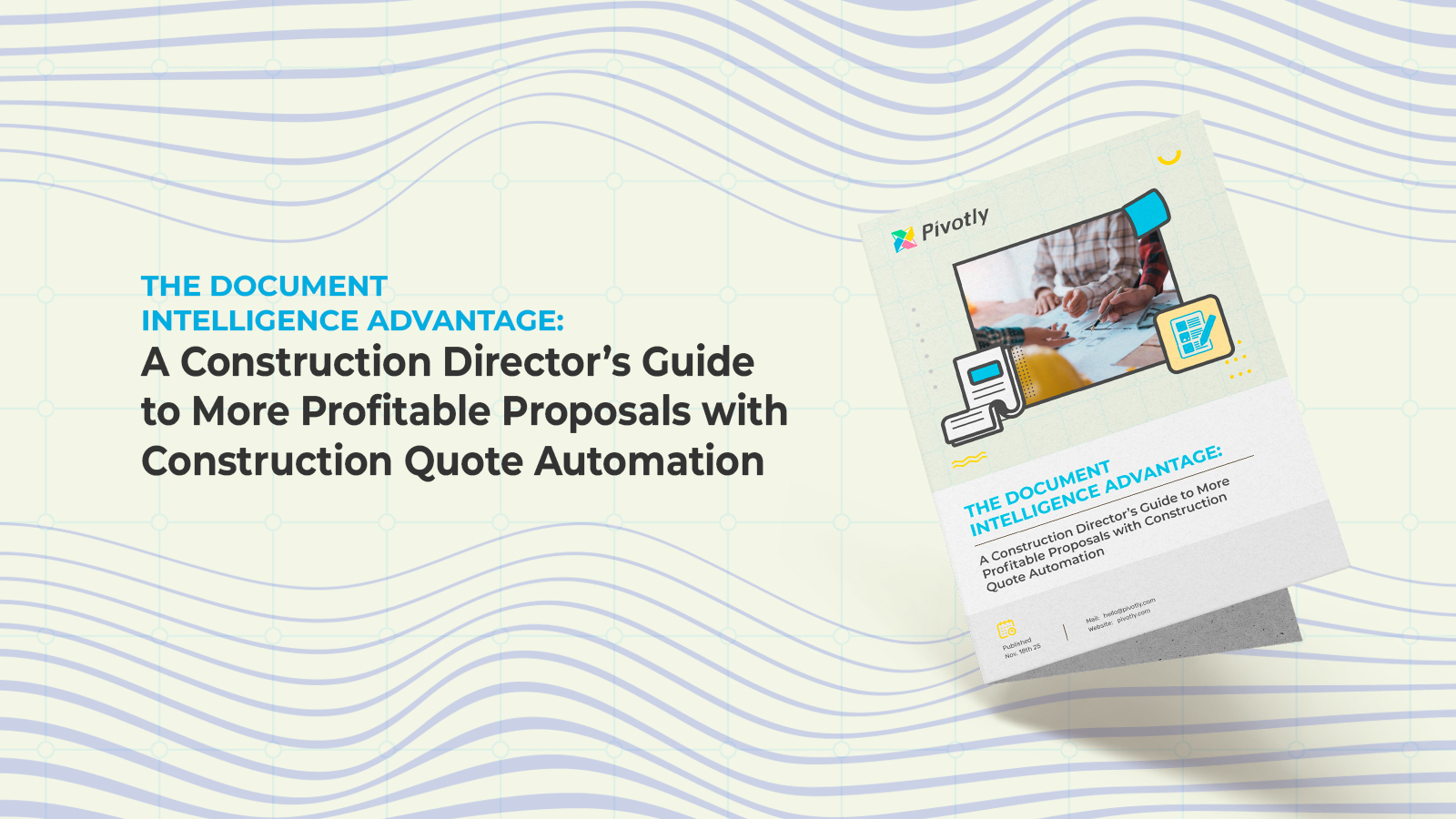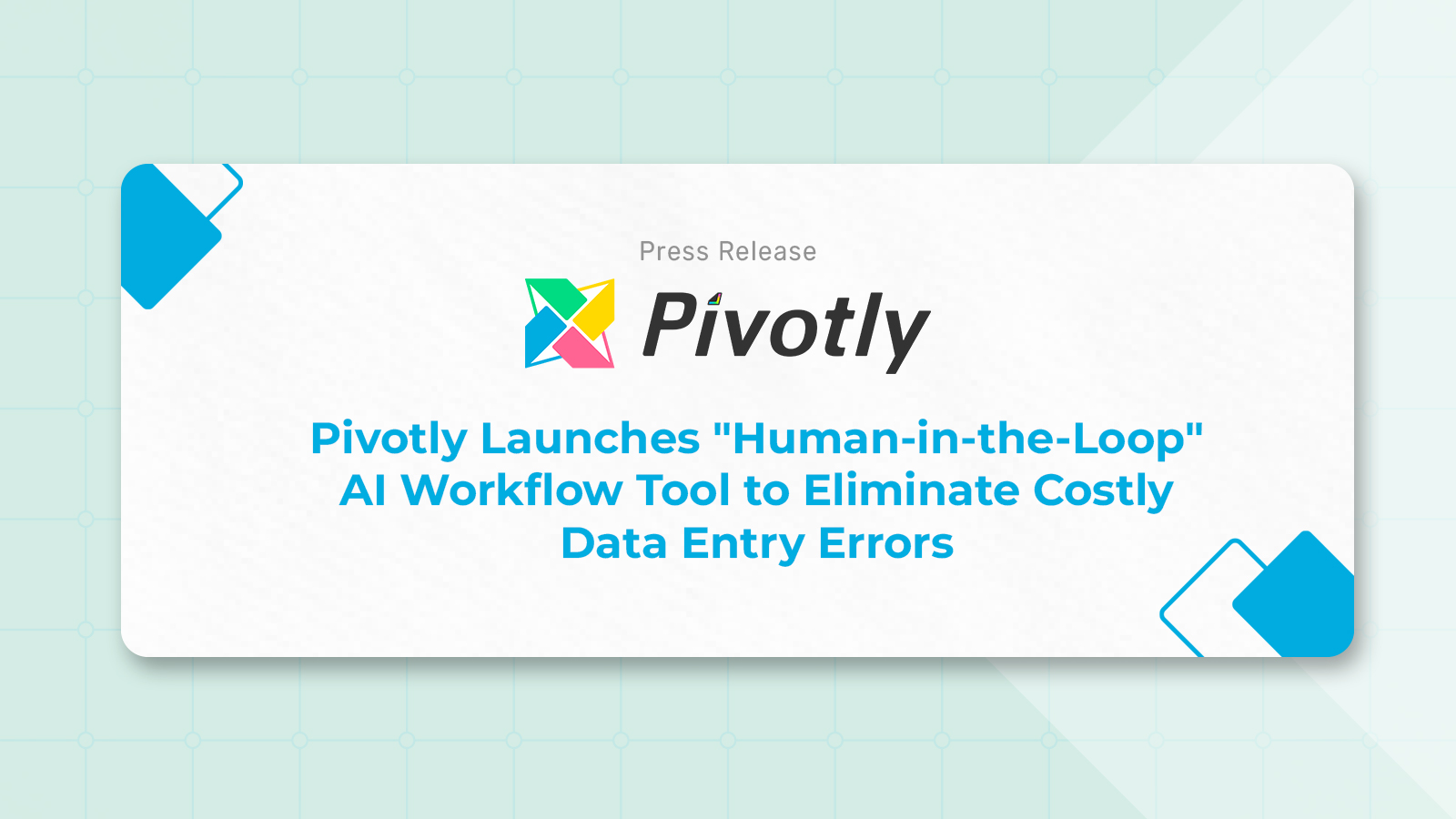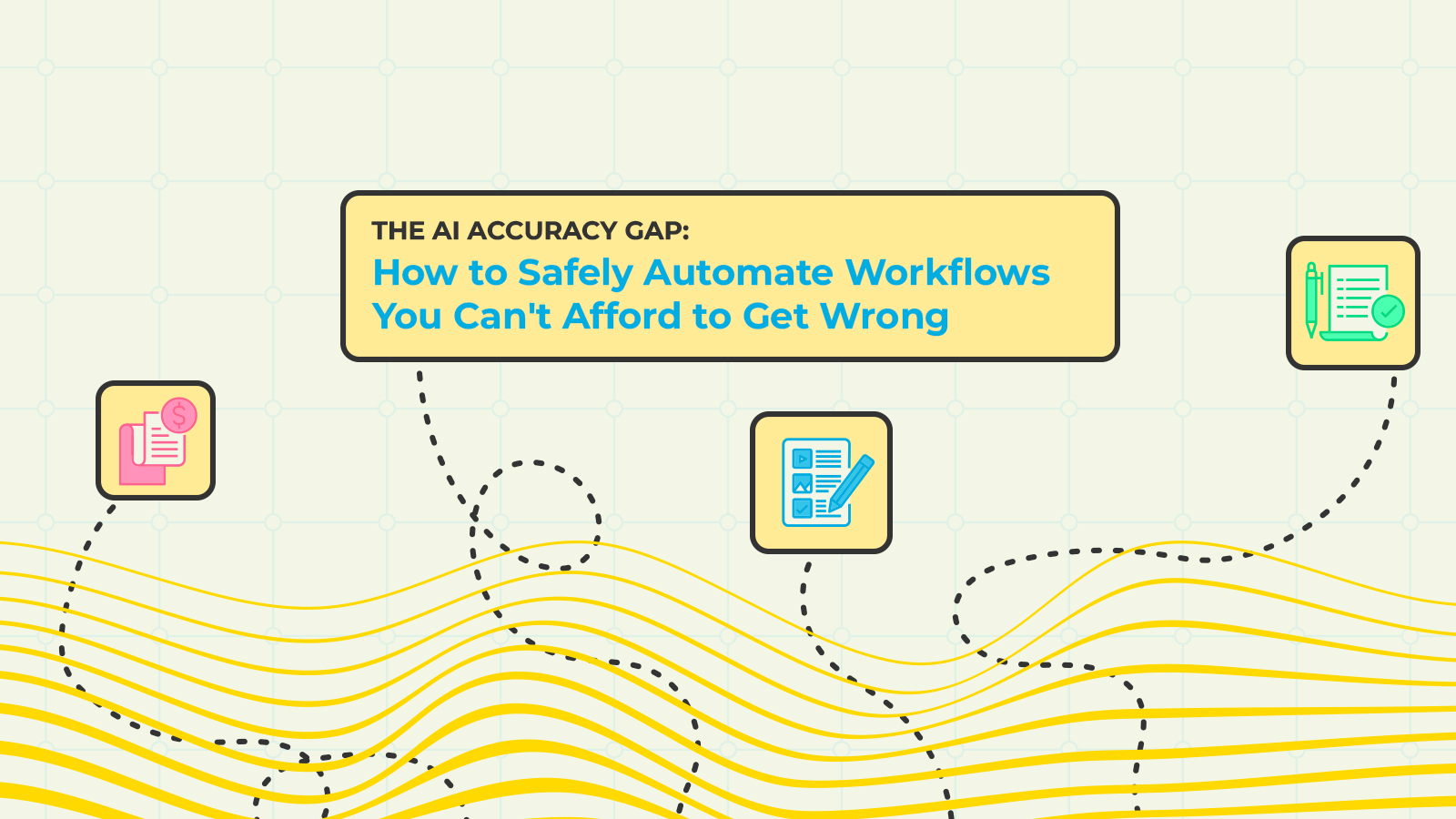For large enterprises in regulated sectors like Healthcare, Financial Services, and Pharmaceuticals, the drive for truly interoperable healthcare systems is not merely an advantage; it’s a fundamental strategic imperative. If your organization manages revenues exceeding $500M and employs thousands, you navigate a complex technological landscape. This environment likely blends modern cloud solutions with entrenched legacy systems, including critical Electronic Health Record (EHR) systems alongside other enterprise platforms. The sheer volume and sensitivity of your data, compounded by ever-evolving regulatory mandates such as HIPAA and GDPR, make secure and seamless data exchange a persistent, high-stakes challenge.
Are these critical pain points resonant with your daily operational realities?
- Fragmented Patient Data: Is crucial patient information scattered across disparate EHRs, various departmental systems, and external provider networks, critically hindering a unified view of patient health and impacting care quality?

- Delayed Access to Critical Information: In urgent care scenarios or complex treatment pathways, does the inability to rapidly access comprehensive patient histories introduce risks and lead to suboptimal clinical decisions?
- Compromised Data Quality and Consistency: When data moves between multiple systems without robust standardization, do inconsistencies and errors proliferate, thereby undermining reporting accuracy, risk assessments, and the overall trustworthiness essential for your Al initiatives?
- Intensifying Regulatory Hurdles: Is maintaining compliance with stringent data privacy and security regulations an escalating challenge due to data existing in isolated silos with inconsistent governance frameworks?
- Excessive Costs from Manual Processes: Does the lack of seamless data exchange necessitate resource-intensive manual data entry, reliance on outdated communication methods, and other inefficiencies, leading to increased administrative burdens and inflated operational costs?
- Limited Insights for Trustworthy AI: Are your significant investments in Artificial Intelligence hampered because the underlying data, especially from EHRs, is incomplete, inconsistent, or difficult to access, thereby making it challenging to train reliable, ethical, and compliant AI models?

- Ongoing Struggles with Legacy System Integration: Despite substantial investments in data warehouses, data lakes, Business Intelligence (BI) tools, and various integration platforms (like ESBs), does achieving true operational integration of critical healthcare data remain an elusive goal?
These challenges highlight a core truth: in the healthcare domain, information liquidity is as vital as financial liquidity. Without genuinely interoperable systems, your enterprise isn’t just facing inefficiency; it’s potentially compromising patient safety, risking regulatory non-compliance, and limiting its capacity for innovation and the deployment of trustworthy AI.
The Interoperability Imperative: Moving Beyond Basic Data Sharing
True interoperability in healthcare transcends the mere capability of systems to exchange data. It demands the ability for diverse health information systems, medical devices, and clinical applications to effectively:
- Access: Securely retrieve necessary information from a multitude of diverse sources.
- Exchange: Transmit this information with high reliability and consistency across all points.
- Integrate: Harmonize disparate data formats and definitions, enabling systems to correctly understand and process the received information.
- Cooperatively Use: Leverage the integrated, contextualized data in a coordinated manner to provide timely, comprehensive, and patient-centered care, both within your organization and across external organizational boundaries.
This sophisticated capability extends beyond foundational interoperability (basic data transmission) to encompass structural, semantic, and organizational interoperability. It ensures, for instance, that a lab result from one facility is not only received by another but is also understood in its correct clinical context, accurately associated with the patient record, and seamlessly integrated into their longitudinal health history in a manner that actively supports precise clinical decision-making and fulfills regulatory reporting obligations.
Transformative Benefits of Strategic Interoperability for Regulated Healthcare Enterprises
Embracing a strategic, governance-focused approach to interoperability delivers profound and measurable advantages for your regulated organization:
- Enhanced Patient Safety and Outcomes: Provides clinicians with immediate, secure access to complete patient histories, including medications, allergies, diagnoses, and lab results, irrespective of where care was delivered. This significantly reduces medical errors, minimizes redundant testing, and enables more informed, coordinated patient care.

- Streamlined Workflows and Superior Operational Efficiency: Automates data exchange, thereby eliminating manual, error-prone processes. This reduces administrative overhead, frees up valuable specialist staff time, and markedly improves overall productivity, translating directly into significant cost savings.
- Strengthened Data Quality and Robust Governance: Drives essential data standardization and the implementation of comprehensive governance frameworks. This ensures data accuracy, consistency, and the establishment of a verifiable “single source of truth,” which is critical for regulatory reporting, effective risk management, AI model training, and sound financial operations.
- Assured Regulatory Compliance: Creates a unified, well-governed data landscape, making it substantially easier to meet and demonstrate adherence to complex regulatory mandates like HIPAA and GDPR. Consistent data standards and secure exchange protocols are key to maintaining data privacy, security, and comprehensive auditability.

- Empowered and Trustworthy AI Initiatives: With clean, accessible, and rigorously governed healthcare data flowing seamlessly, your organization can confidently train, deploy, and scale AI models for predictive analytics, clinical decision support, and operational optimization, ensuring these powerful tools are effective, ethical, and fully compliant.
- Accelerated Innovation and Strategic Modernization: Facilitates the agile adoption of new technologies and the integration of best-of-breed solutions, unhindered by the limitations of legacy systems. It empowers your organization to modernize its data infrastructure incrementally and strategically, future-proofing your investments.
- Improved Population Health Management: Enables the aggregation and analysis of comprehensive data across your entire patient population. This yields deeper insights into health trends, disease patterns, and care disparities, leading to more effective, targeted public health initiatives and resource allocation.
Pivotly: Your Strategic Partner for Interoperable Healthcare in Regulated Environments
At Pivotly (www.pivotly.com), we understand that achieving true, sustainable interoperability within complex, regulated healthcare environments is a significant undertaking. It demands deep expertise in navigating legacy systems, diverse data standards (such as HL7 and FHIR), and stringent, evolving compliance requirements. We partner with large enterprises like yours, who are driven by the need for robust Data Governance, Quality, Compliance, and the enablement of Trustworthy AI, to:
- Develop Comprehensive Interoperability Strategies: We assist you in thoroughly assessing your current data landscape, defining a clear and actionable interoperability roadmap, and identifying the optimal technologies and standards (e.g., FHIR, HL7) to achieve your specific strategic objectives, ensuring alignment with your governance and AI goals.

- Implement Robust, Governed Data Integration Solutions: Leveraging our profound expertise in enterprise data integration, we architect and build the critical bridges between your disparate EHRs, legacy platforms, and modern data ecosystems, ensuring secure, seamless, and well-governed data flow essential for compliance and analytics.

- Establish Advanced, Active Data Governance: We collaborate with your teams to implement and operationalize comprehensive policies, streamlined processes, and enabling technologies that ensure the quality, security, and regulatory compliance of your critical healthcare data throughout its entire lifecycle, from creation to archival.
- Enable Trustworthy AI with Interoperable, High-Quality Data: We provide the foundational data infrastructure and integration capabilities that allow you to confidently leverage your rich healthcare data for advanced AI initiatives, secure in the knowledge that your data is reliable, governed, and ethically sourced.
- Modernize Your Integration Landscape for Agility and Scale: We help your organization evolve beyond fragmented ESBs and brittle point-to-point integrations, guiding you toward a more scalable, resilient, and inherently interoperable data architecture designed for the future of healthcare.
Don’t Let Fragmented Data Undermine Your Enterprise’s Potential.
The journey to truly interoperable healthcare is indispensable for unlocking operational agility, strengthening regulatory compliance, driving data-led innovation, and successfully deploying trustworthy AI in today’s demanding healthcare landscape.
Contact Pivotly today to discuss how our expertise can help your regulated enterprise achieve seamless, governed data exchange and realize the full strategic potential of your healthcare information. Visit www.pivotly.com/request-consultation or call us at (651) 208-9300.







